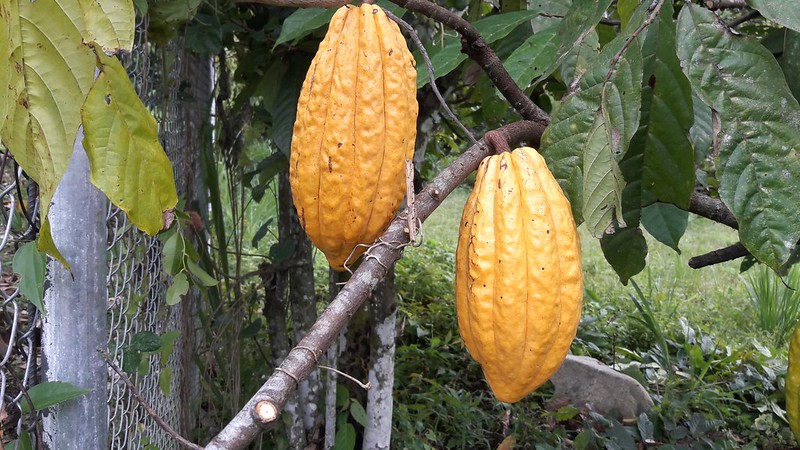Have you ever wondered where chocolate comes from? The answer lies in a magical tree called Theobroma Cacao, whose name literally means “food of the gods.” This fascinating plant is not only the source of one of the world’s most beloved treats but also a powerhouse of history, health benefits, and cultural significance. In this article, we’ll explore the wonders of Theobroma Cacao, why it’s so special, and how you can incorporate it into your life. Ready to discover the secrets of this divine fruit? Let’s get started!
What is Theobroma Cacao?

Theobroma Cacao is a small evergreen tree native to the tropical regions of Central and South America. It produces large, colorful pods that contain cacao beans—the raw material for chocolate. For centuries, these beans have been cherished for their rich flavor and nutritional value.
The cacao tree thrives in warm, humid climates and requires specific conditions to grow, making it a precious and labor-intensive crop. But the effort is worth it: cacao beans are packed with antioxidants, minerals, and compounds that can boost your mood and overall health.
The History of Theobroma Cacao
Theobroma Cacao has a rich history that dates back thousands of years. Ancient civilizations like the Maya and Aztecs revered cacao as a sacred gift from the gods. They used it to create a bitter, frothy drink called xocoatl, which was reserved for royalty and religious ceremonies.
When cacao was introduced to Europe in the 16th century, it quickly became a luxury item. Over time, it evolved into the sweet, creamy chocolate we know and love today. But even modern chocolate owes its existence to the humble cacao bean and the ancient traditions surrounding it.
Health Benefits of Theobroma Cacao
Cacao isn’t just delicious—it’s also incredibly good for you! Here are some of the top health benefits of this superfood:
- Rich in Flavonoids: Cacao is one of the richest sources of flavonoids, a type of antioxidant that helps protect your cells from damage, reduces inflammation, and supports heart health. Flavonoids also improve blood flow and can enhance cognitive function.
- Regulates Blood Pressure: The flavonoids in cacao help produce nitric oxide, which relaxes blood vessels and improves circulation. This can lead to lower blood pressure and a reduced risk of cardiovascular diseases.
- Boosts Mood: It contains compounds like theobromine and phenylethylamine, which can enhance your mood and reduce stress.
- Packed with Nutrients: Cacao is a great source of magnesium, iron, potassium, and fiber.
Pro Tip: To reap the most benefits, opt for raw cacao or dark chocolate with at least 70% cacao content.
How to Use Theobroma Cacao in Your Daily Life
Incorporating cacao into your routine is easier than you think. Here are some simple and delicious ways to enjoy it:
- Hot Cacao Drink: Mix raw cacao powder with warm milk (or a plant-based alternative) and a touch of honey for a comforting beverage.
- Smoothies: Add a tablespoon of cacao powder to your morning smoothie for a chocolatey twist.
- Baking: Use cacao nibs or powder in your favorite recipes for a rich, decadent flavor.
- Snacks: Enjoy dark chocolate bars or energy balls made with cacao for a healthy treat.
- Vitamin Supplements: If you’re looking for a convenient way to get your daily dose of cacao’s benefits, consider cacao-based vitamin supplements. These often come in capsule or powder form and are packed with the same antioxidants and nutrients found in raw cacao.
Why Theobroma Cacao is a Must-Have Superfood
In a world full of processed foods, Theobroma Cacao stands out as a natural, nutrient-dense option that satisfies your sweet tooth while supporting your health. Whether you’re a chocolate lover or a health enthusiast, cacao is a versatile ingredient that deserves a place in your pantry.
References
Journal of Nutrition – “Flavonoids and Cardiovascular Health”
National Institutes of Health (NIH) – “Health Benefits of Cocoa”
National Library of Medicine – https://pubmed.ncbi.nlm.nih.gov/24100674/
Harvard T.H. Chan School of Public Health – “The Sweet Benefits of Dark Chocolate”
History.com – “The History of Chocolate”